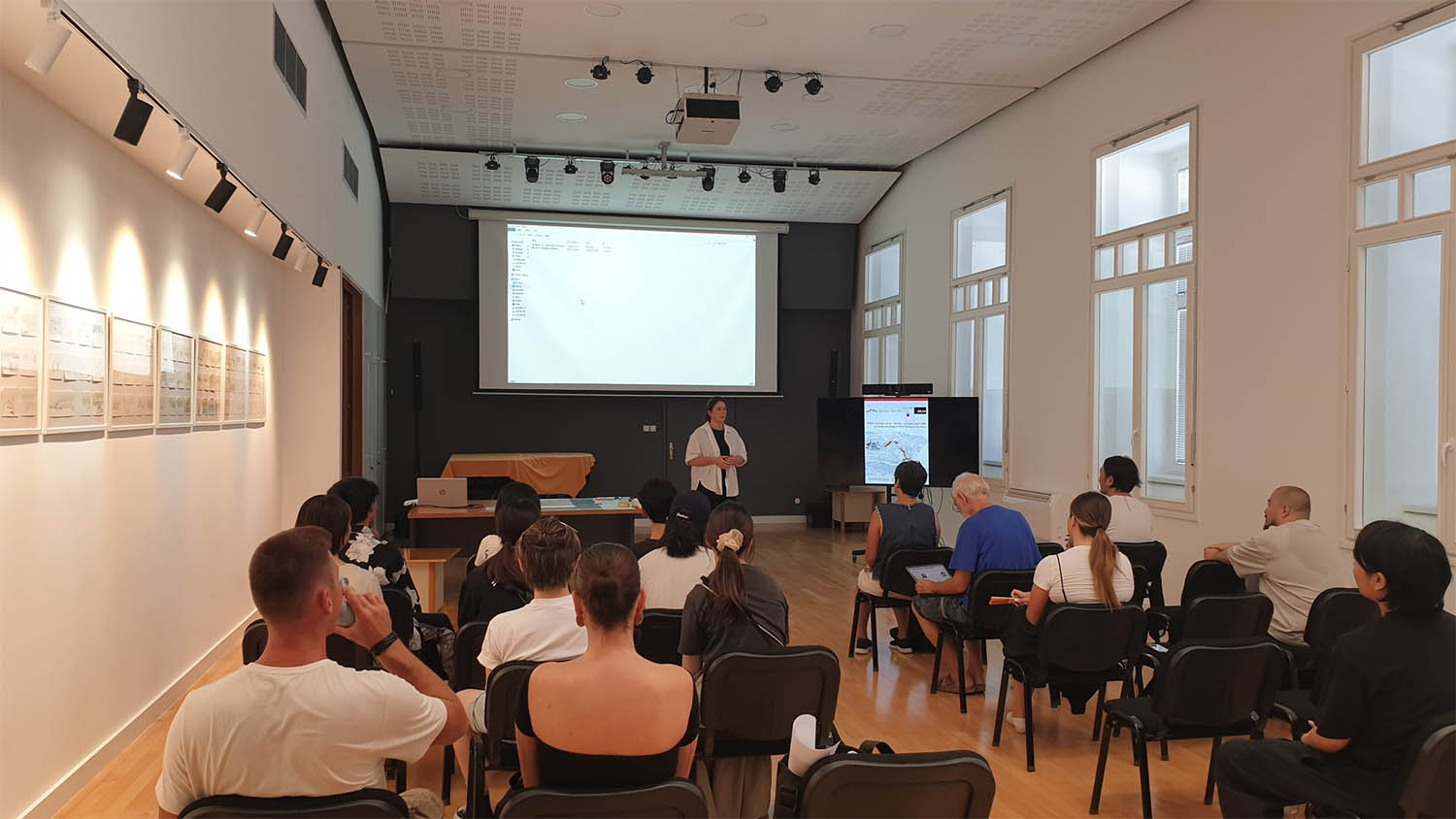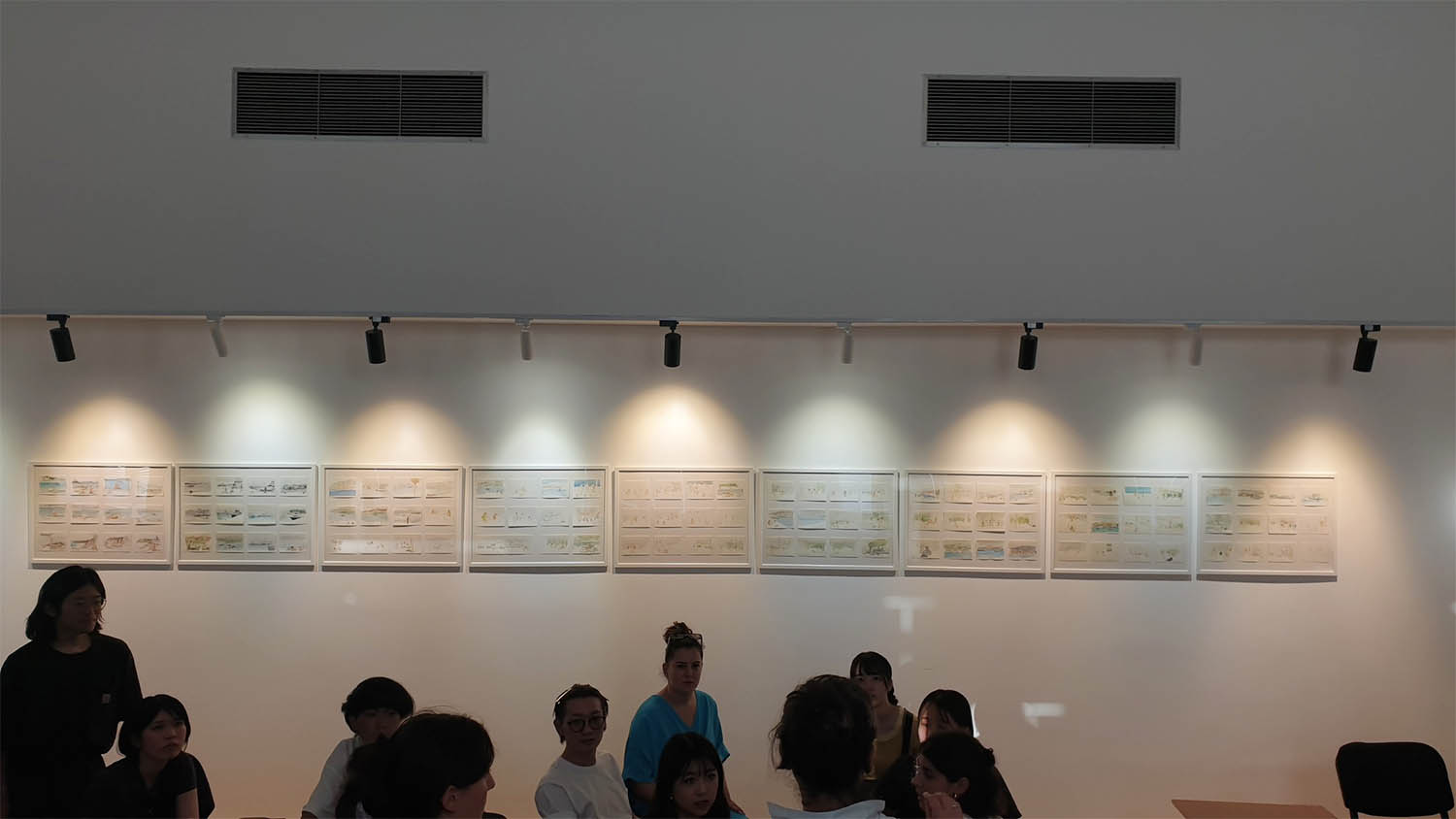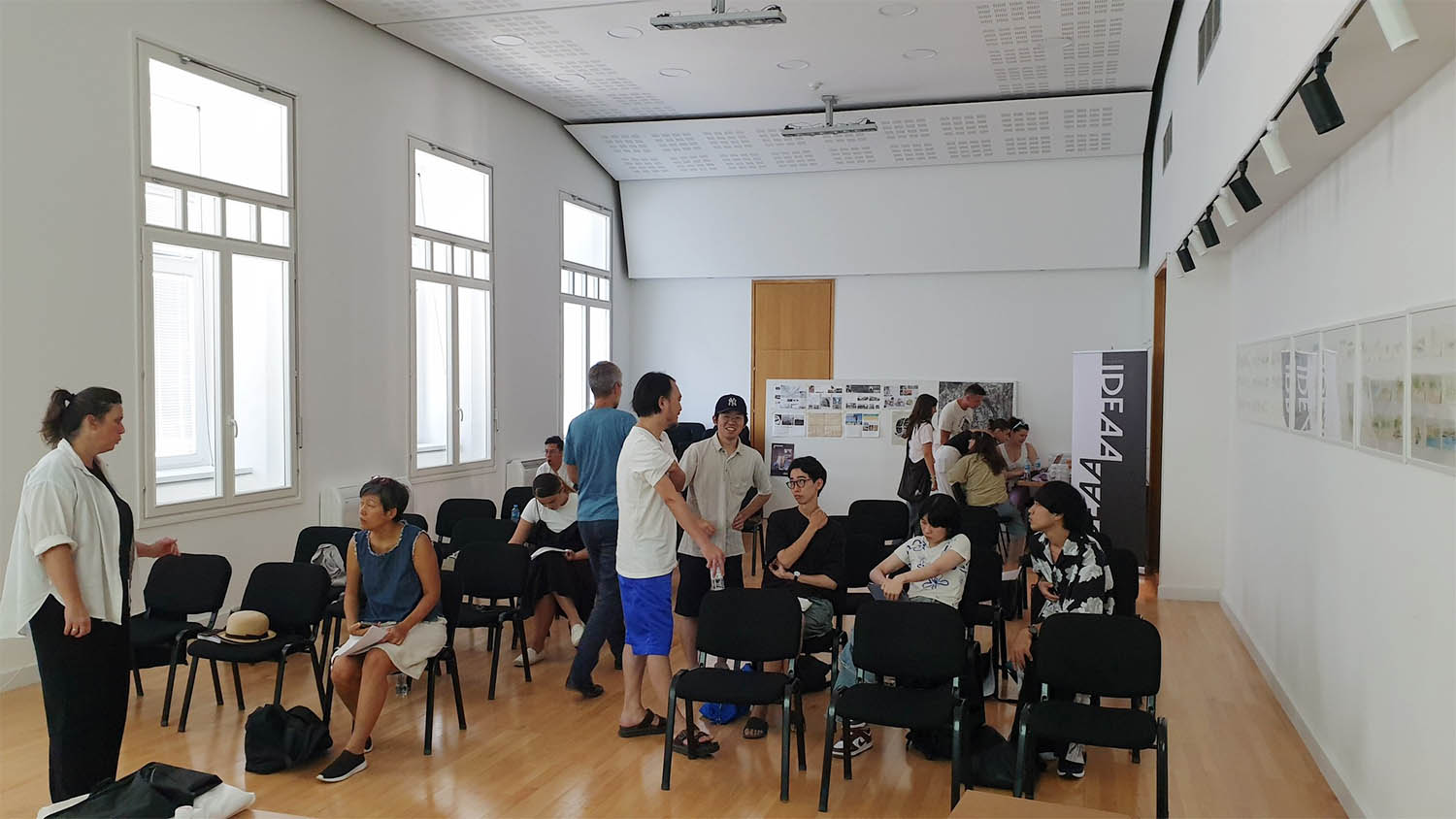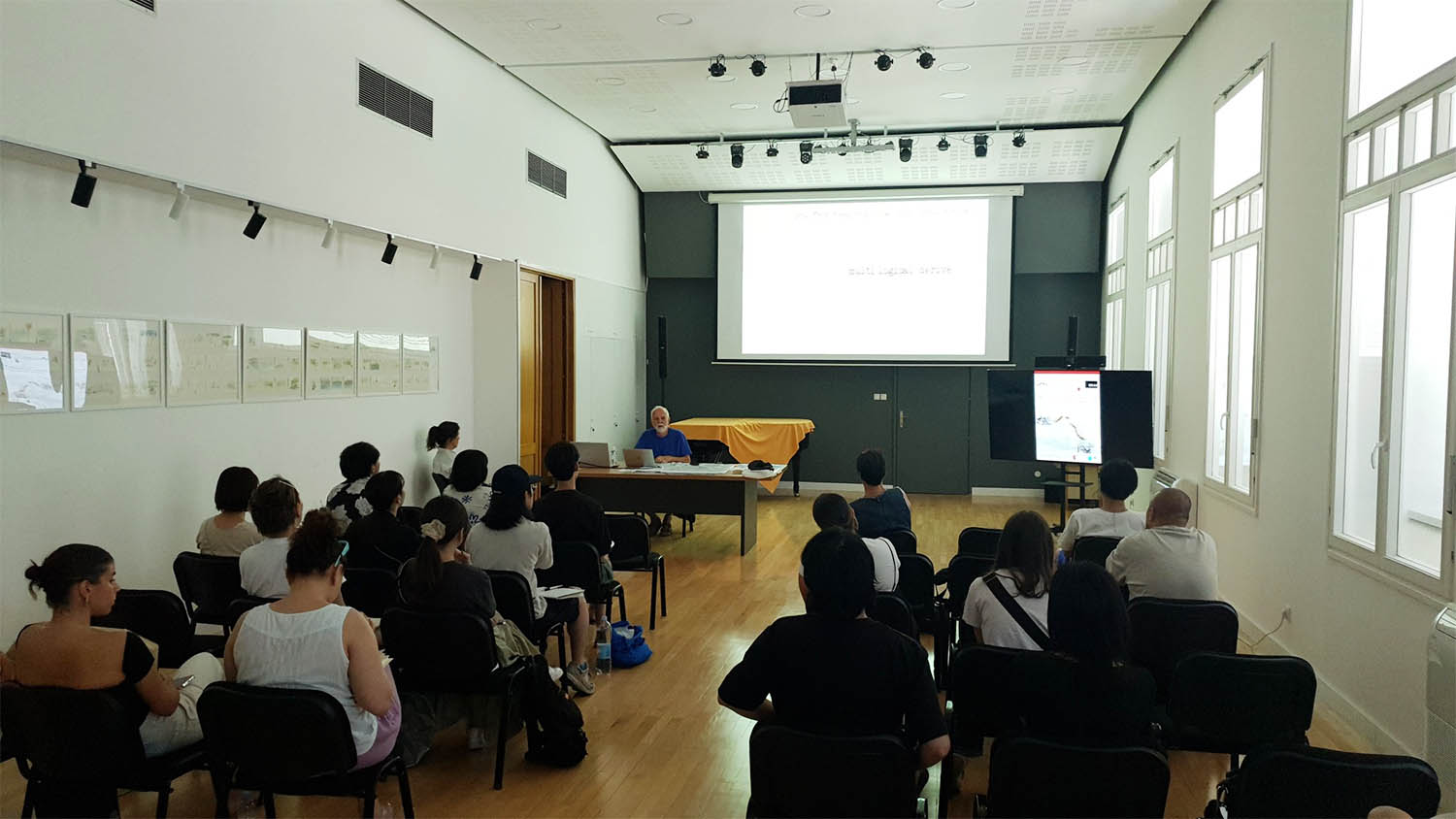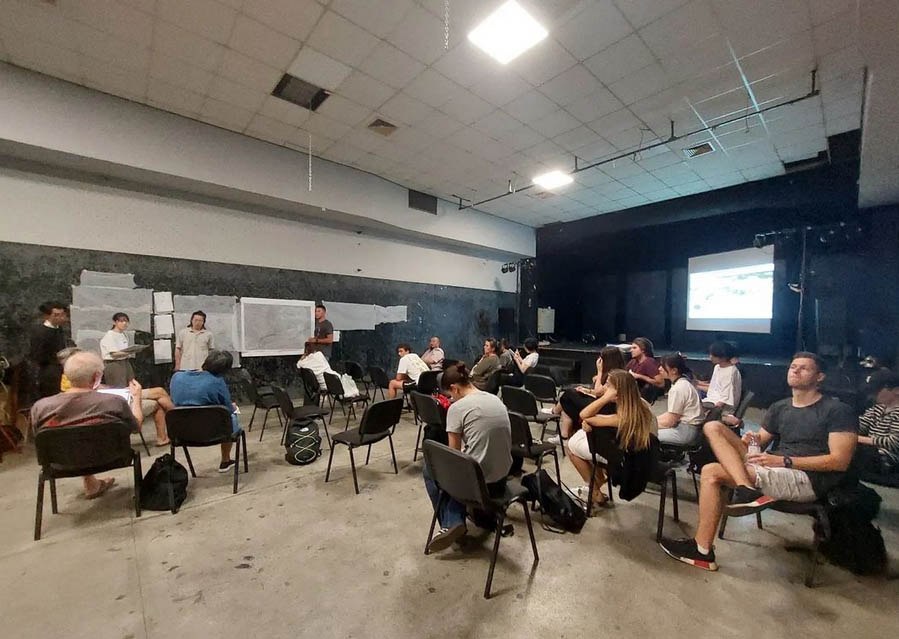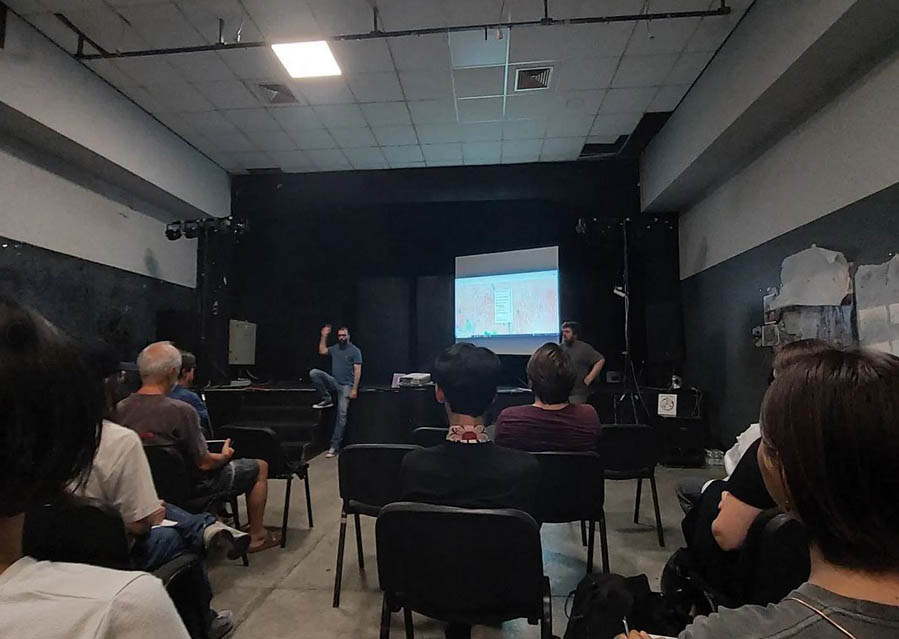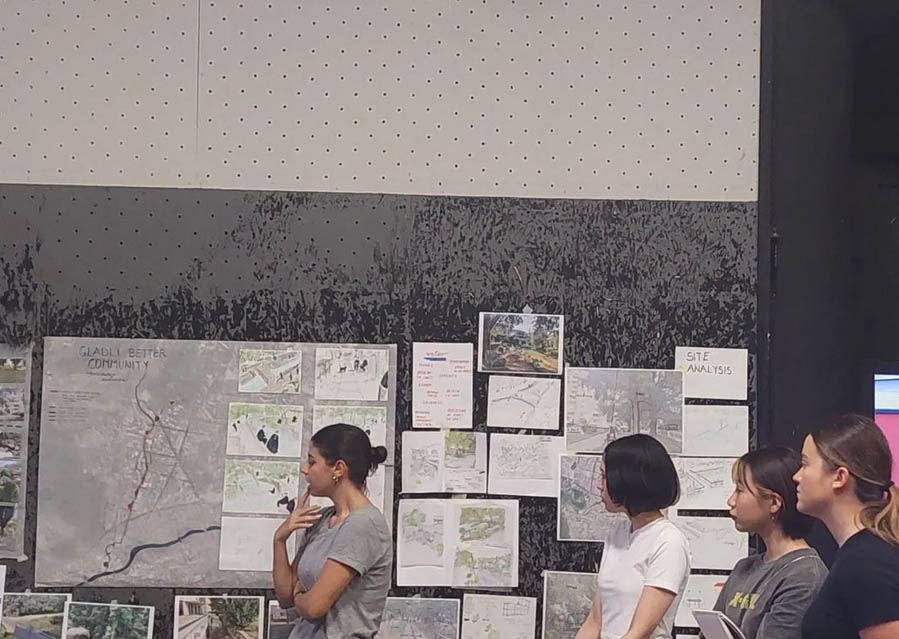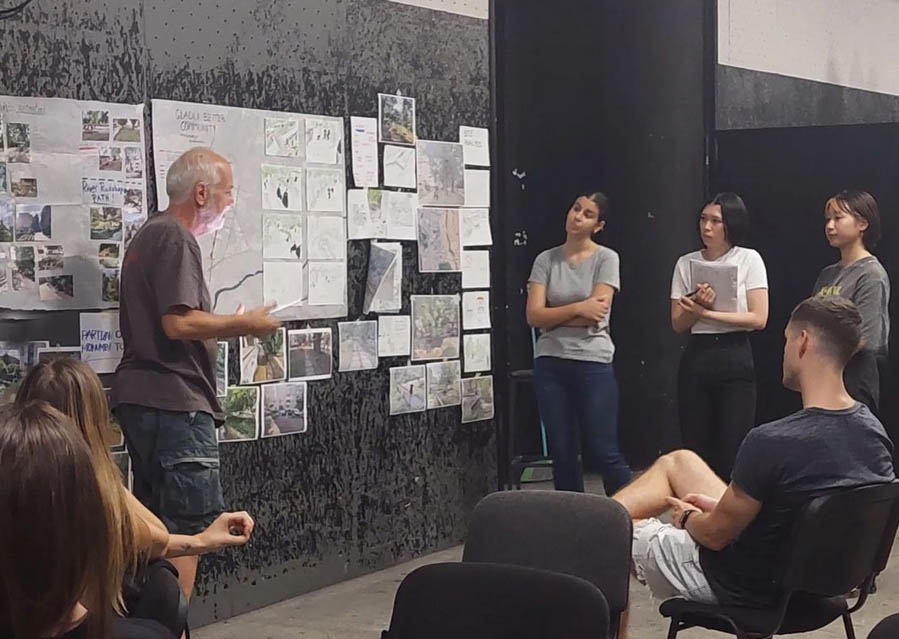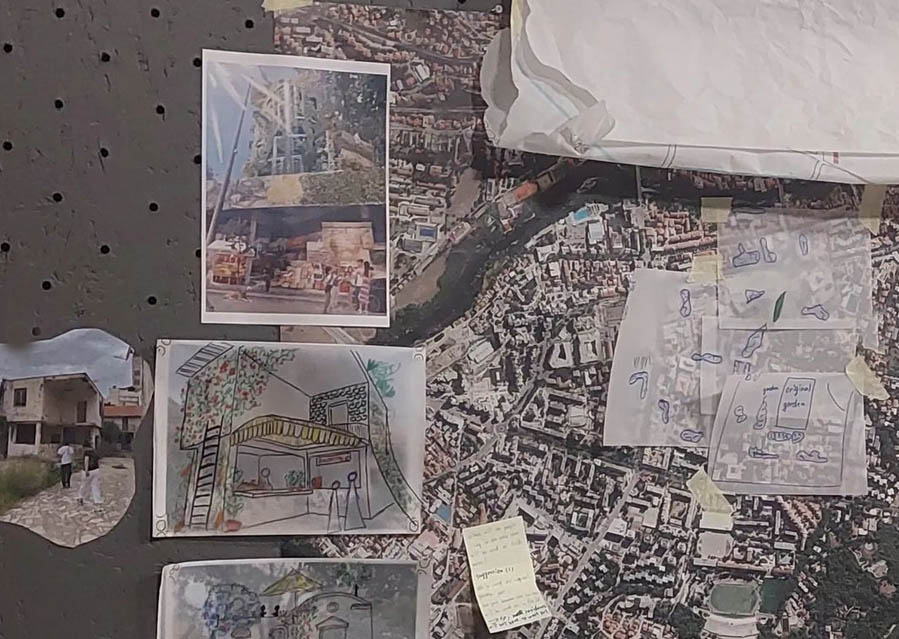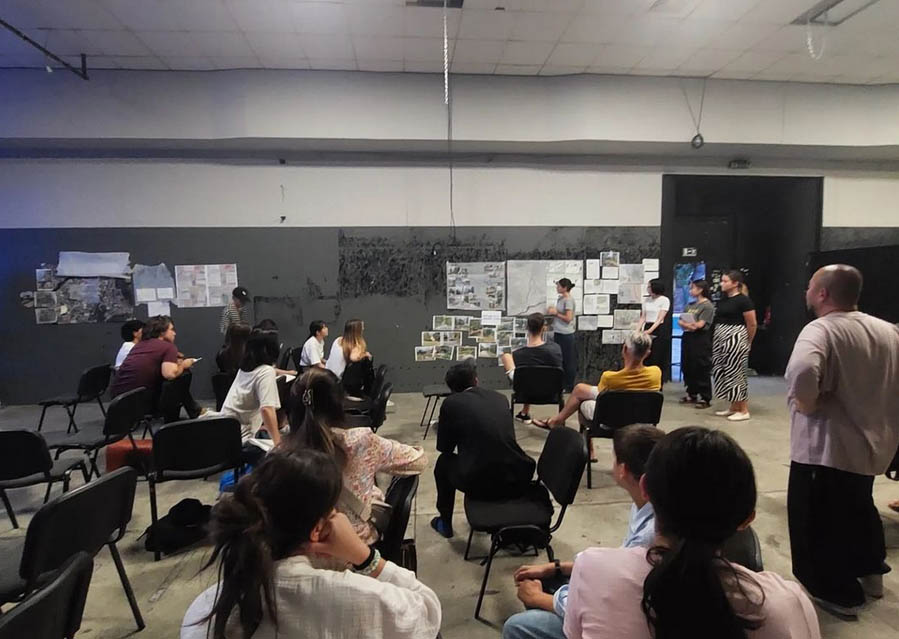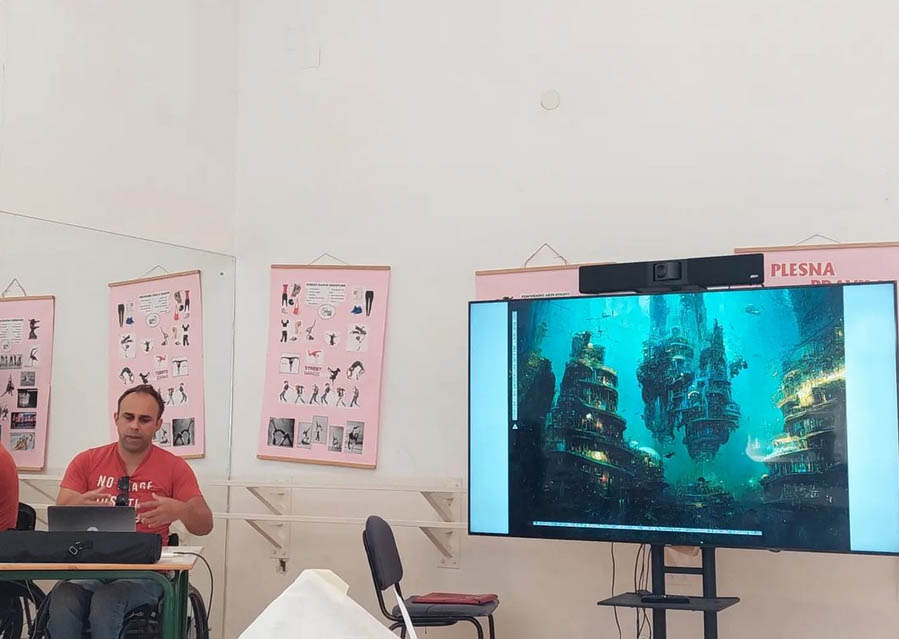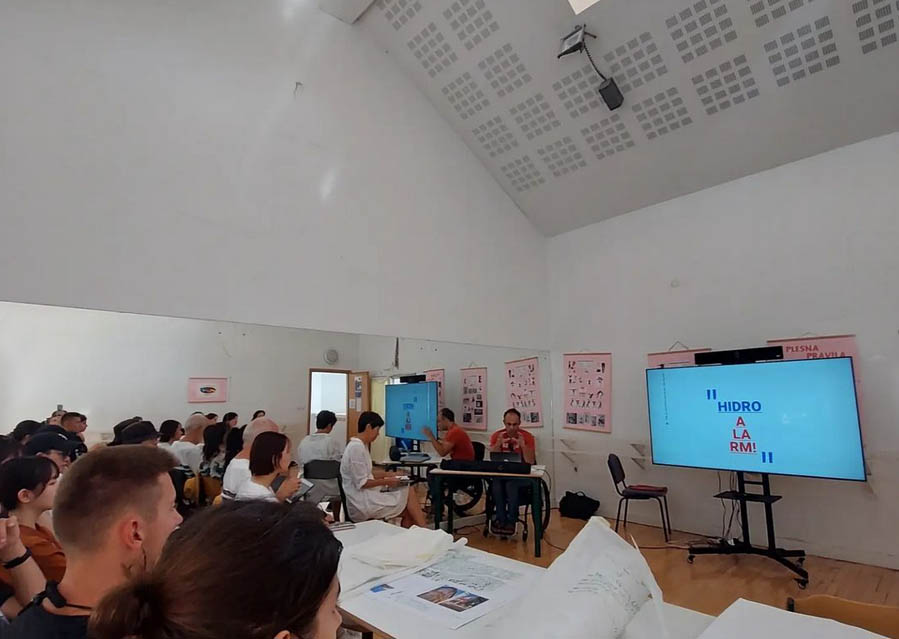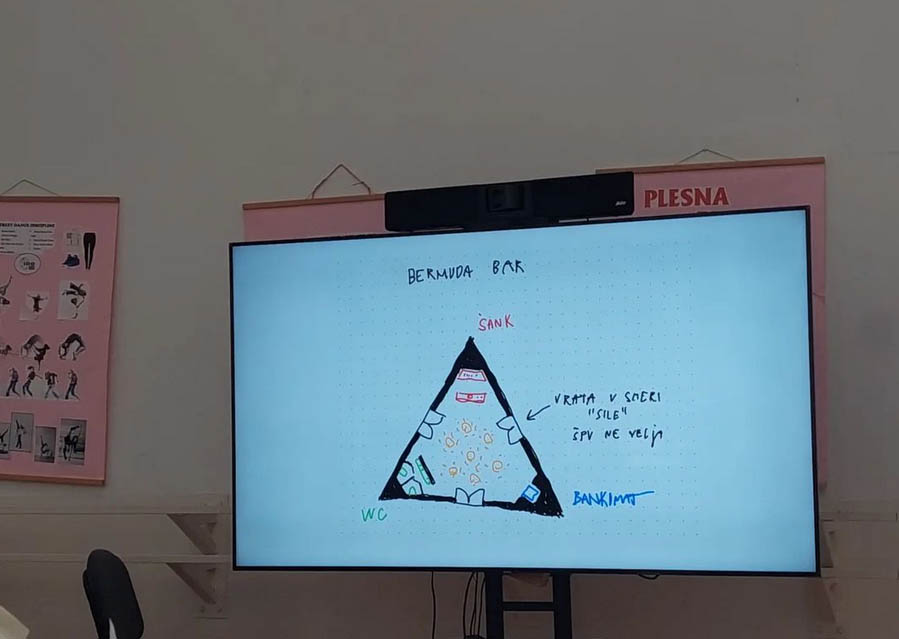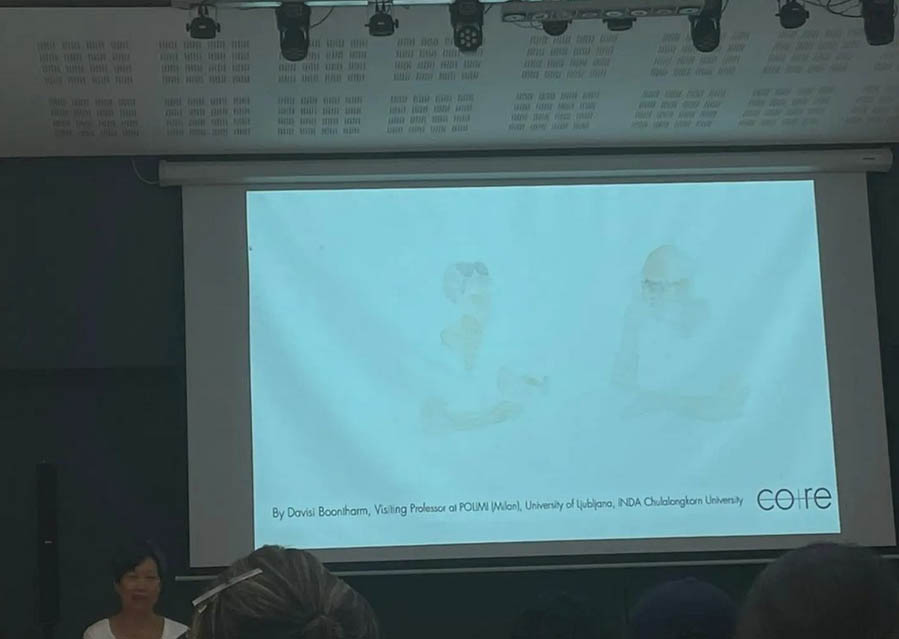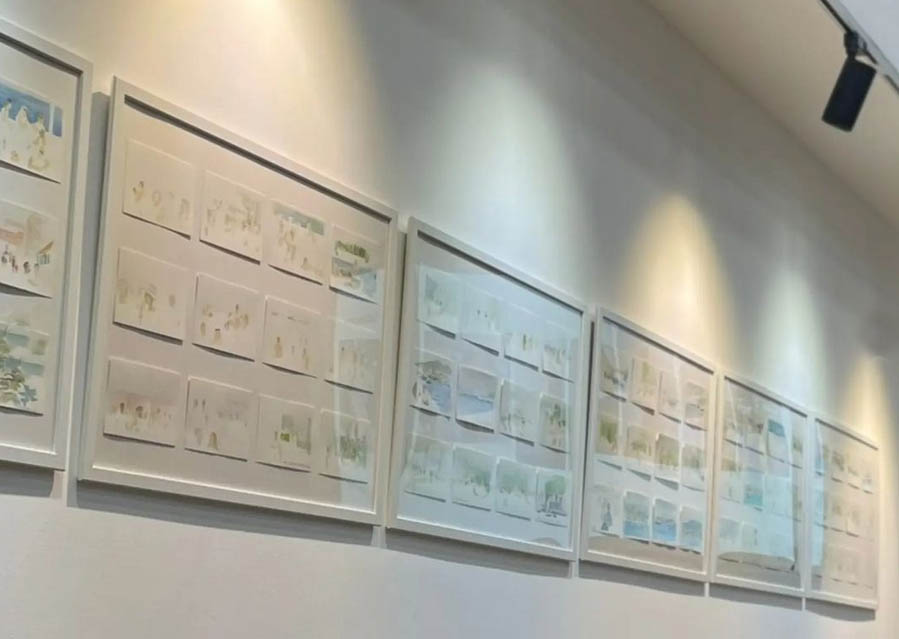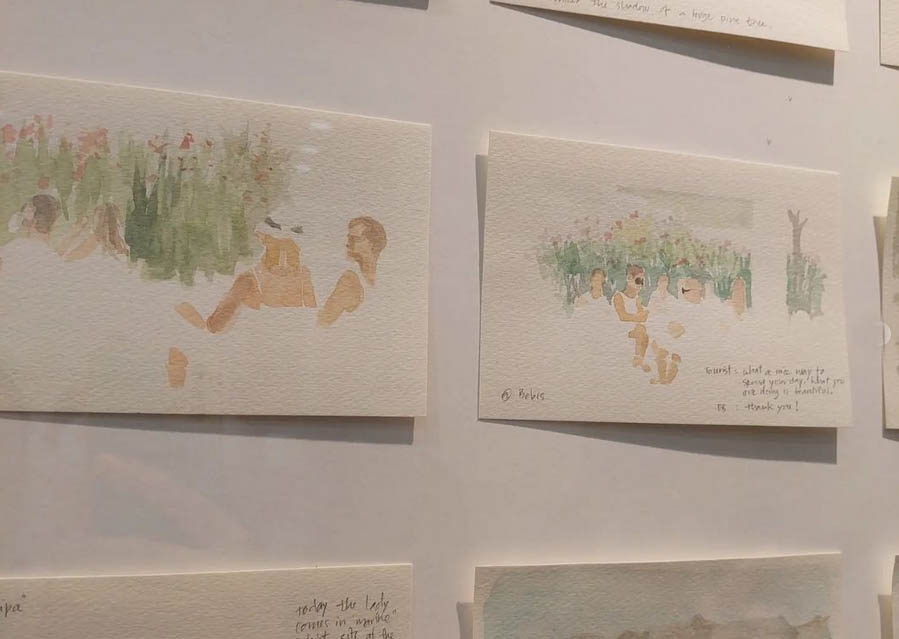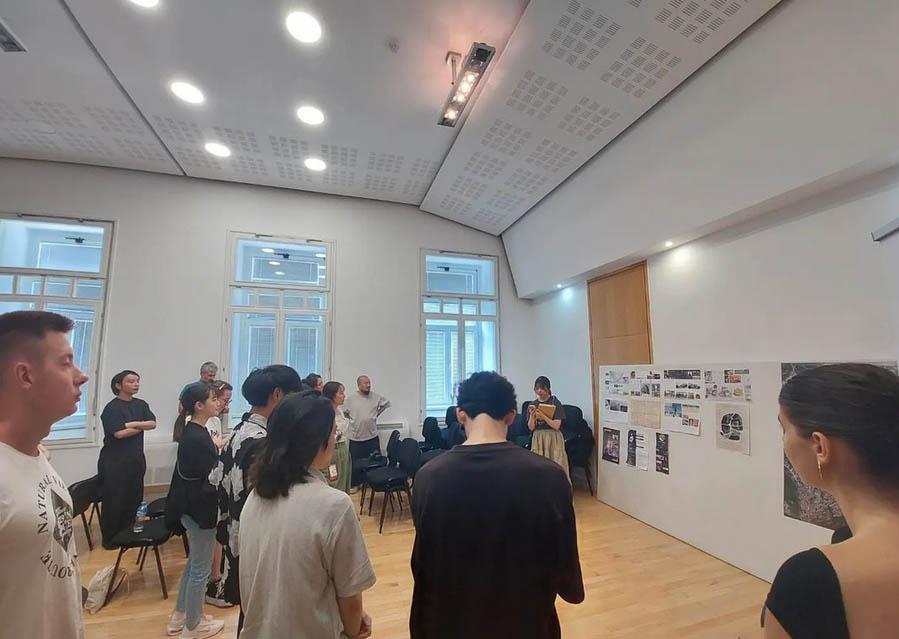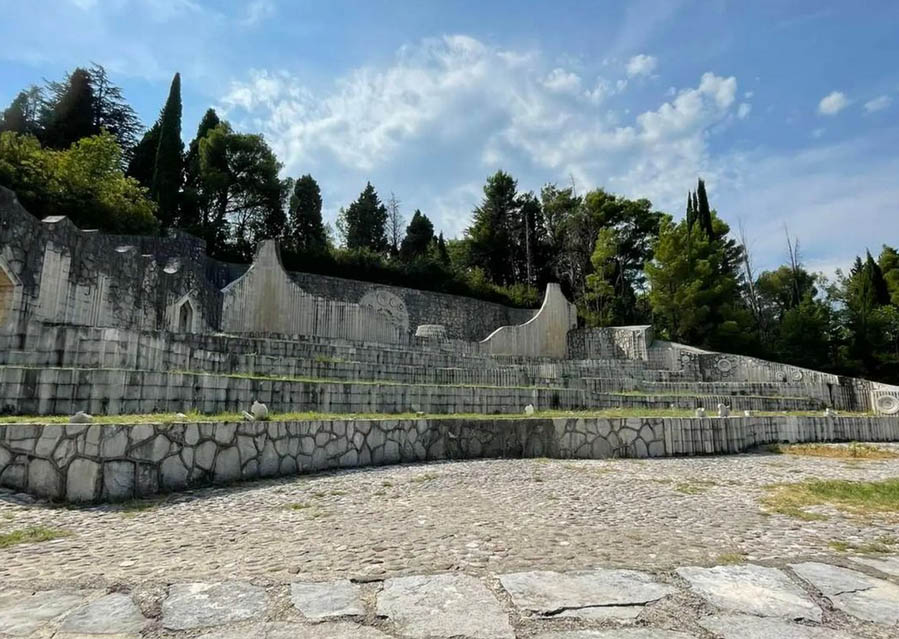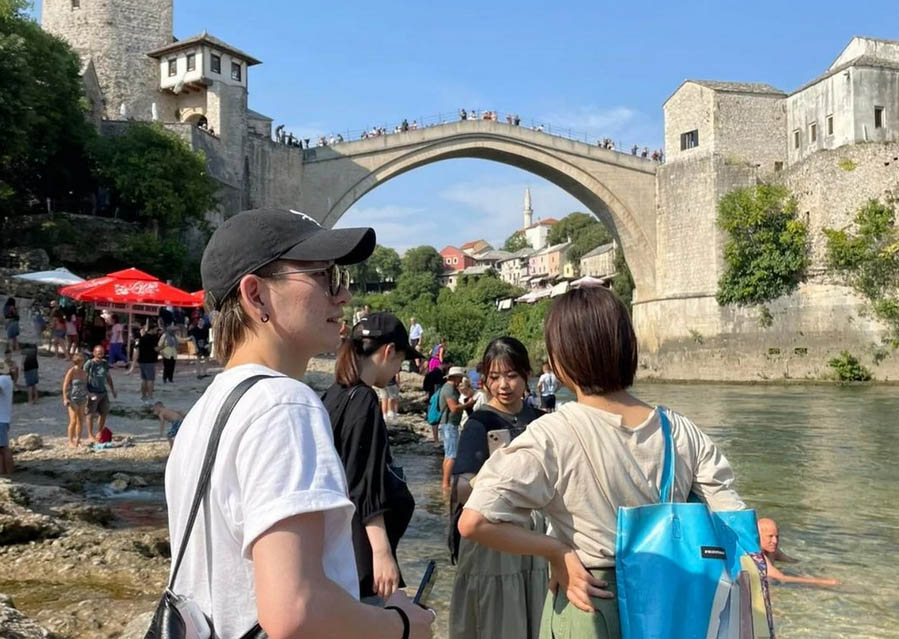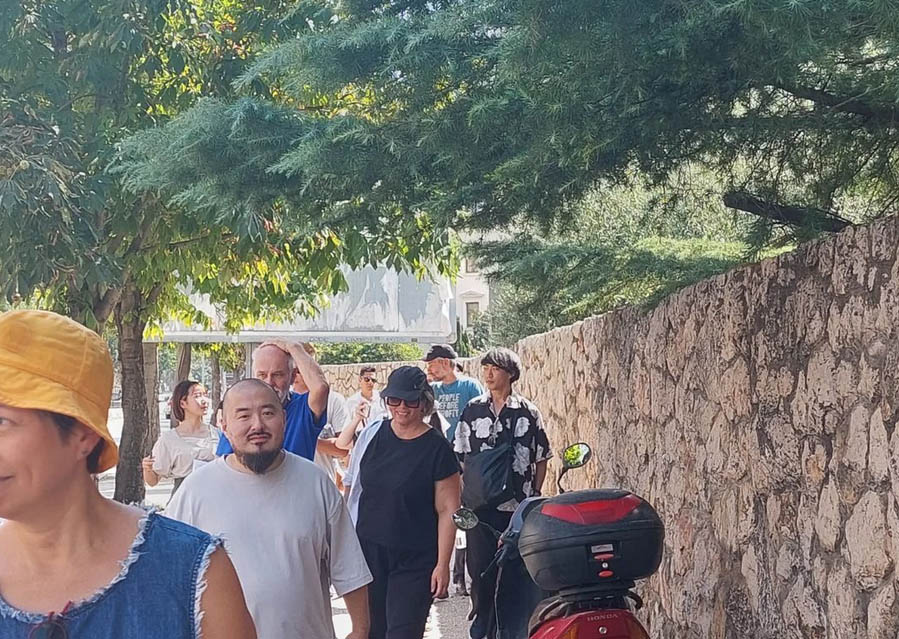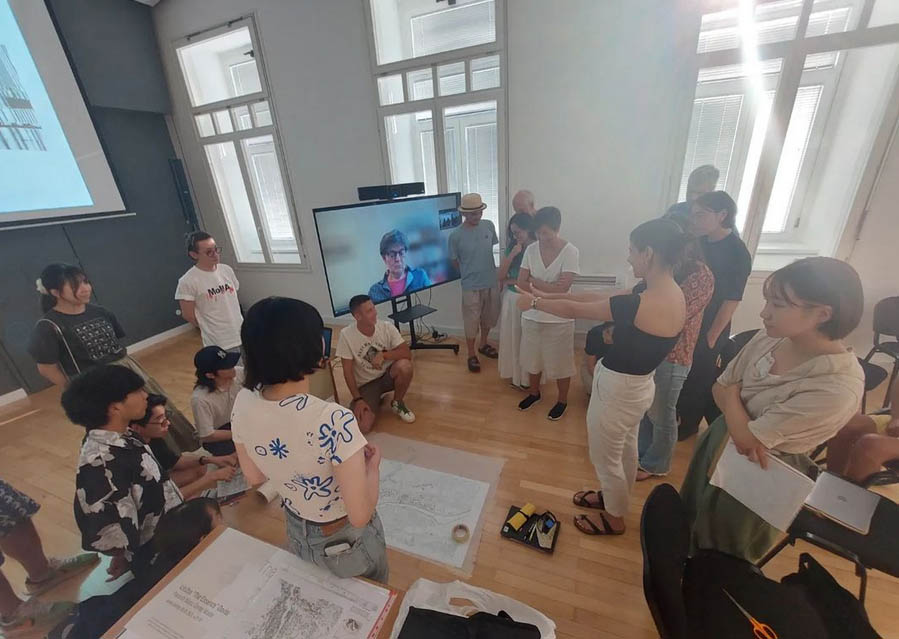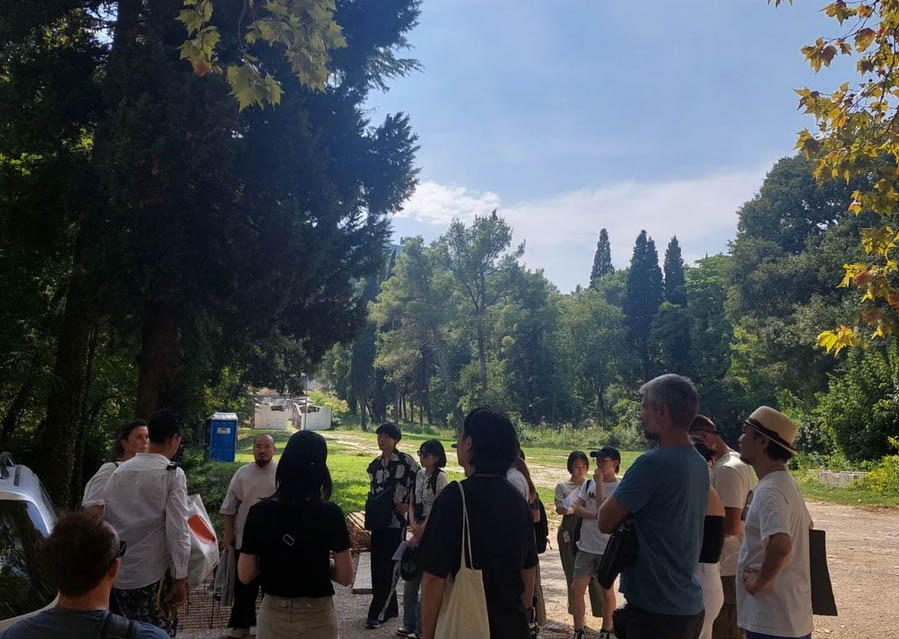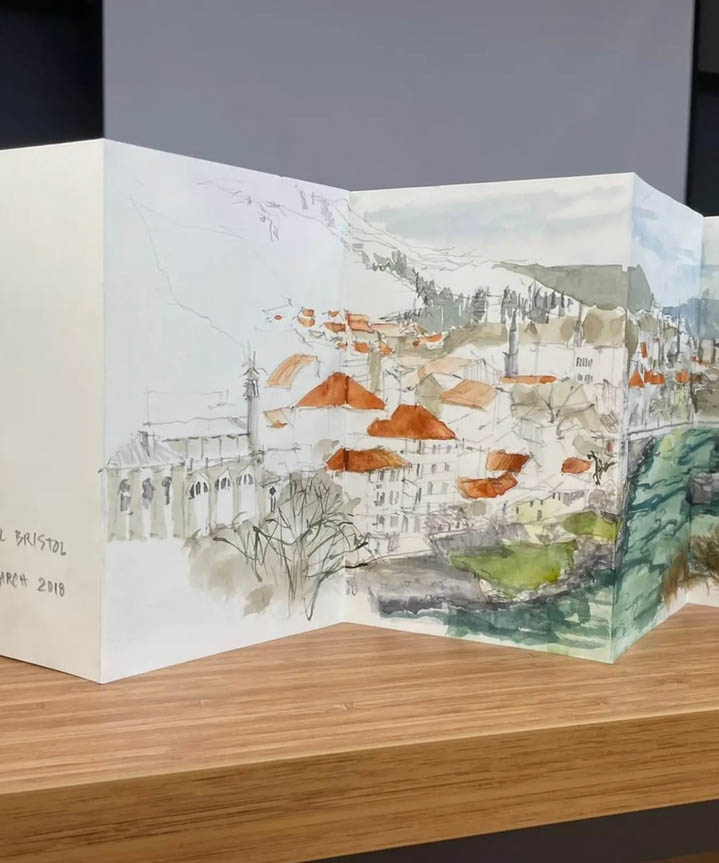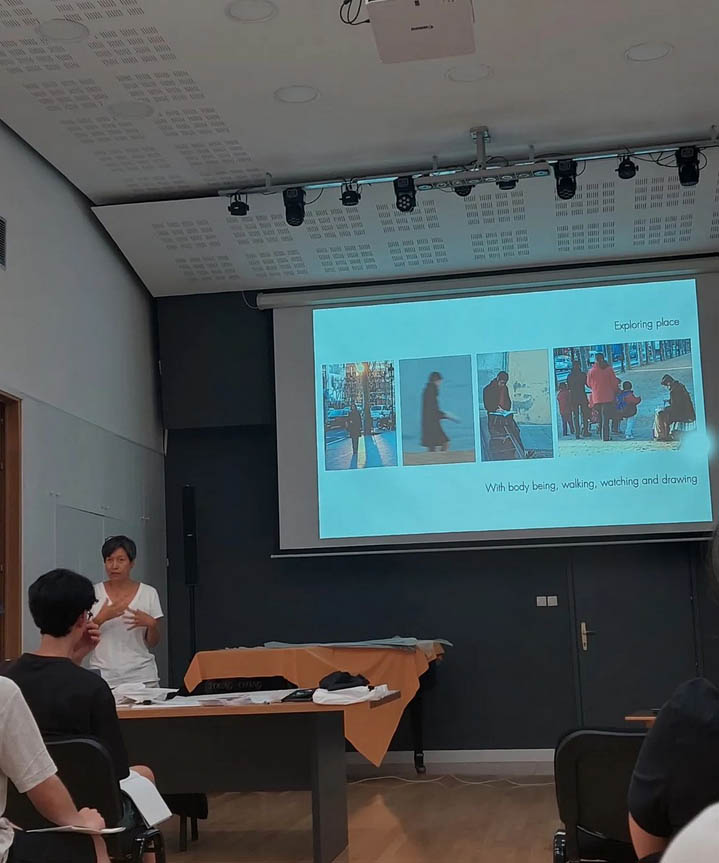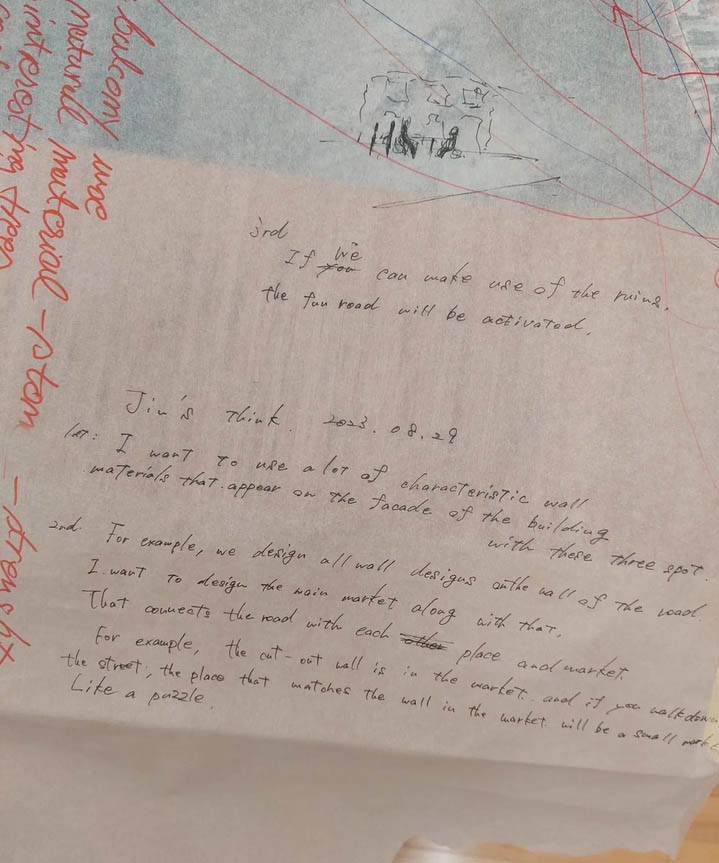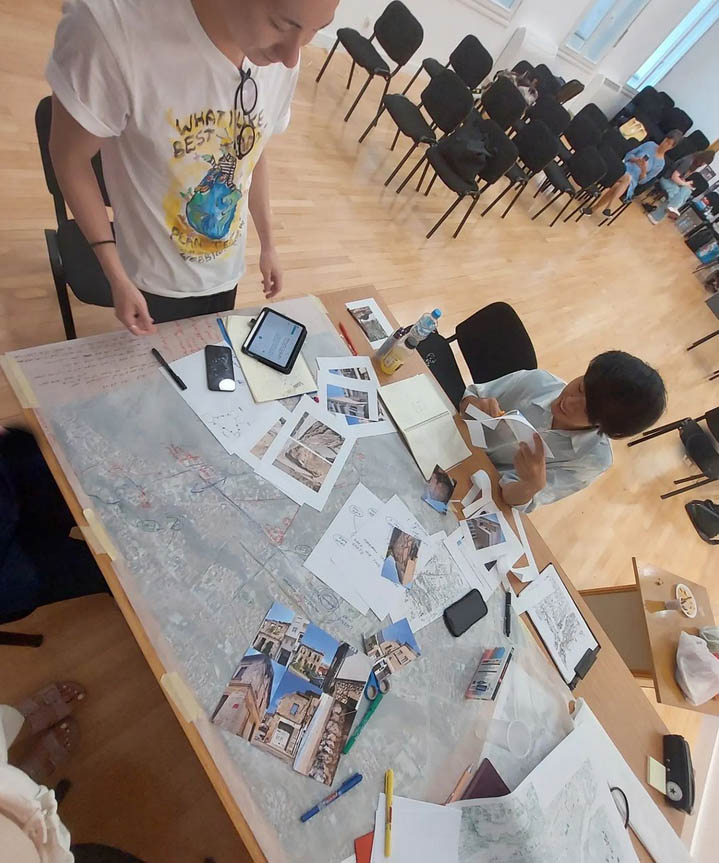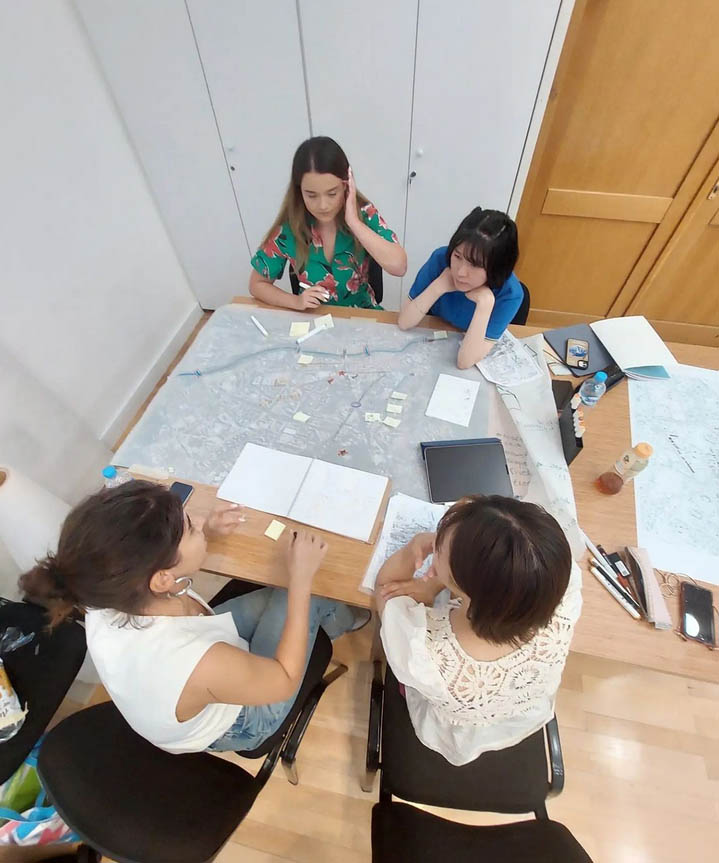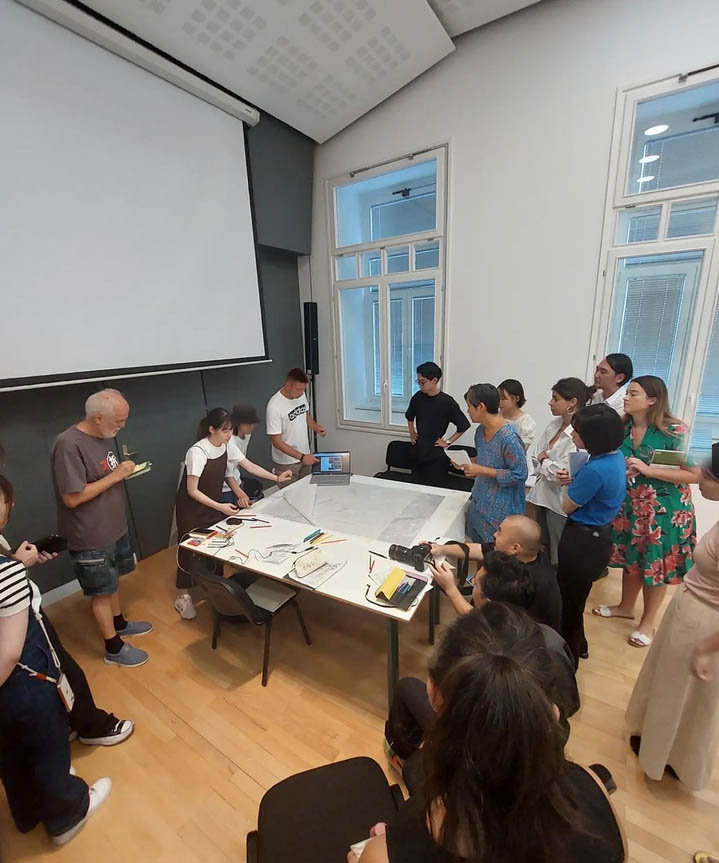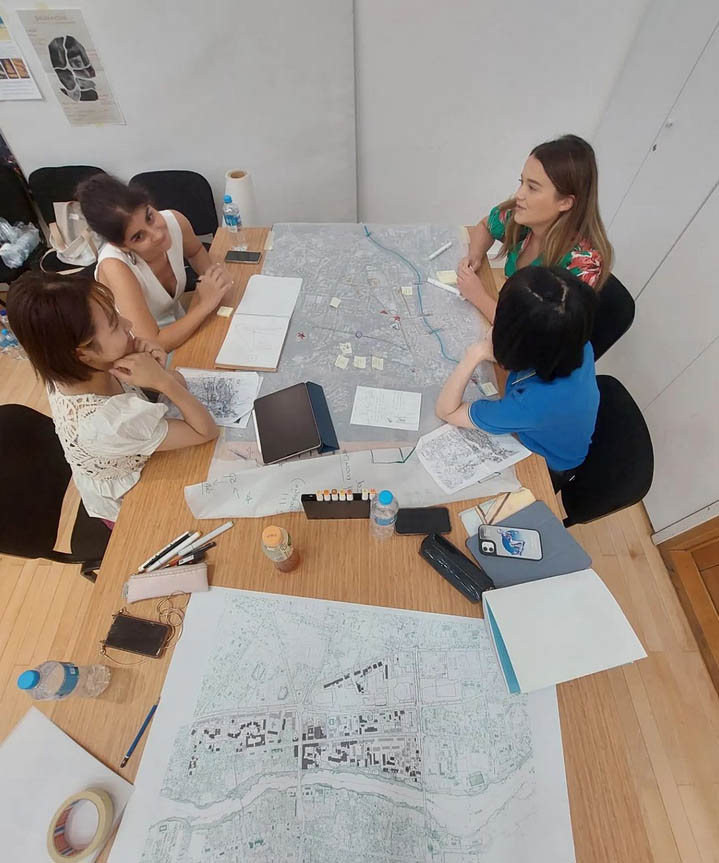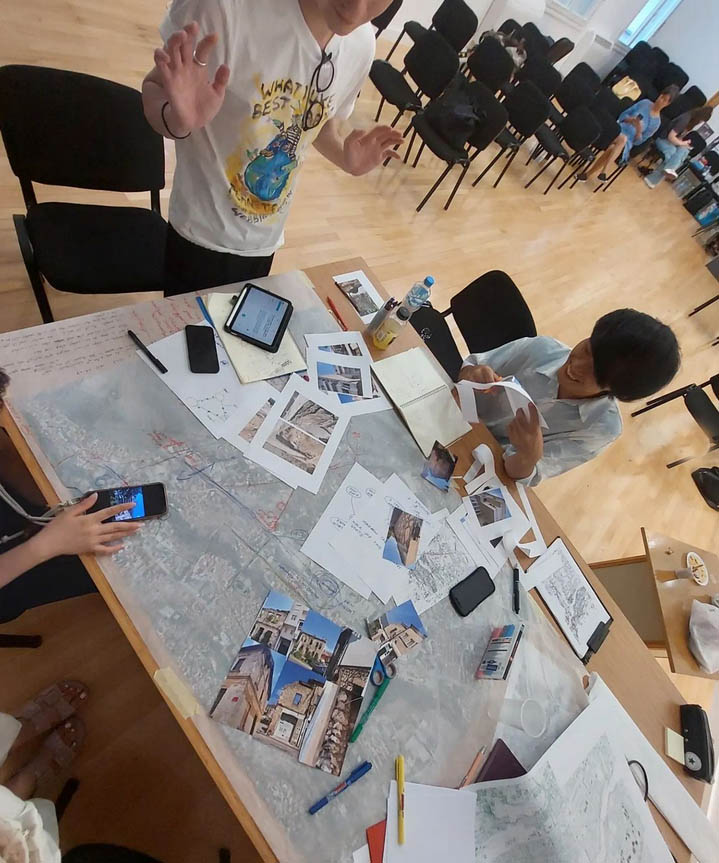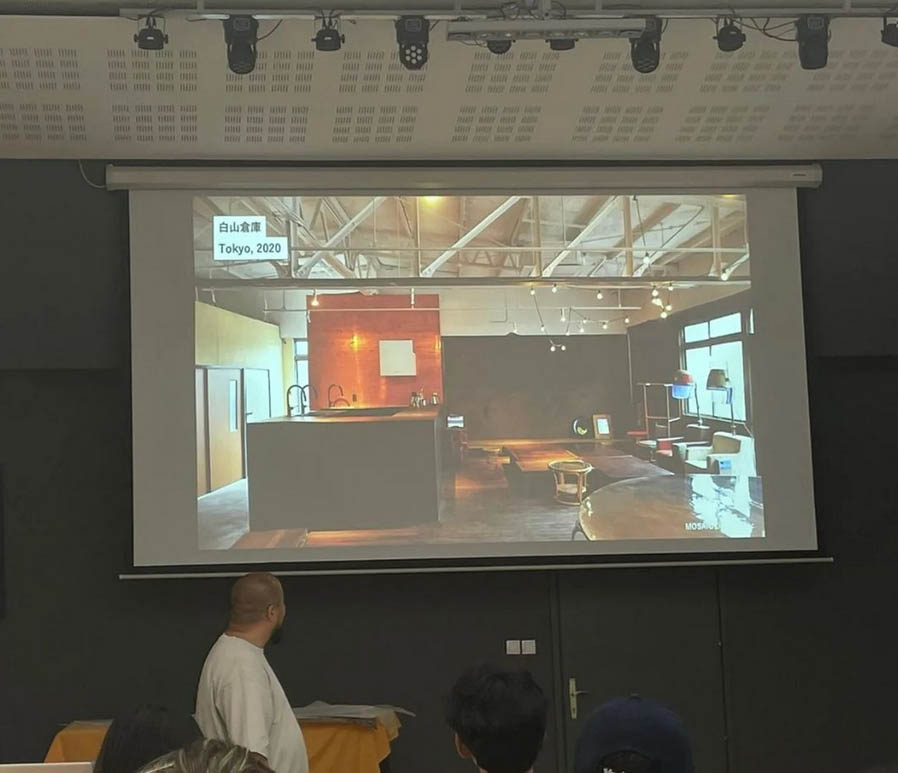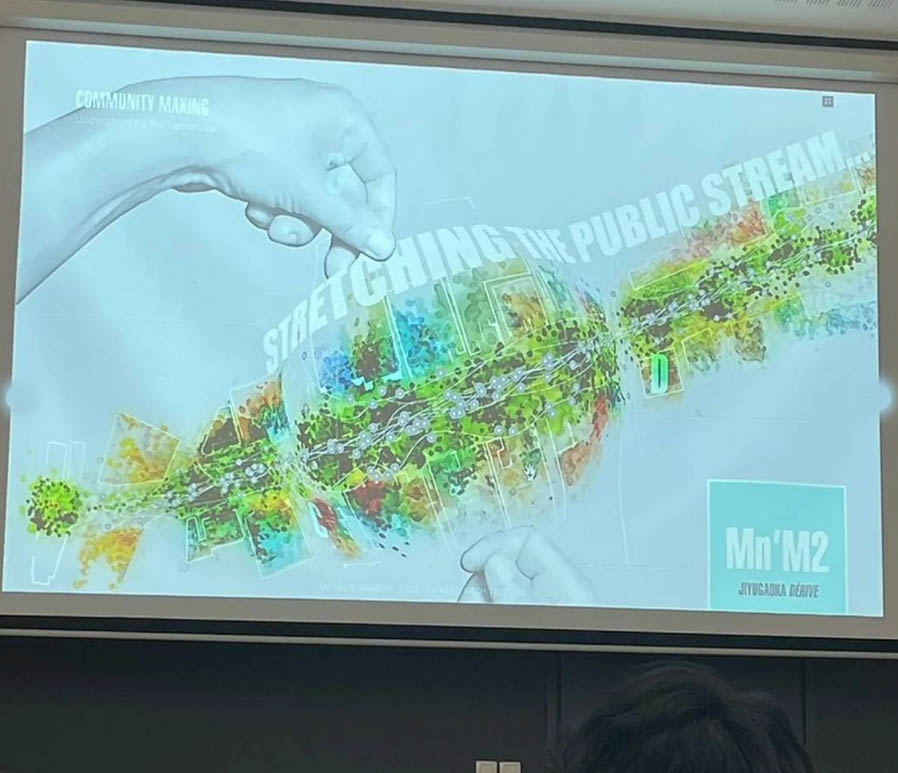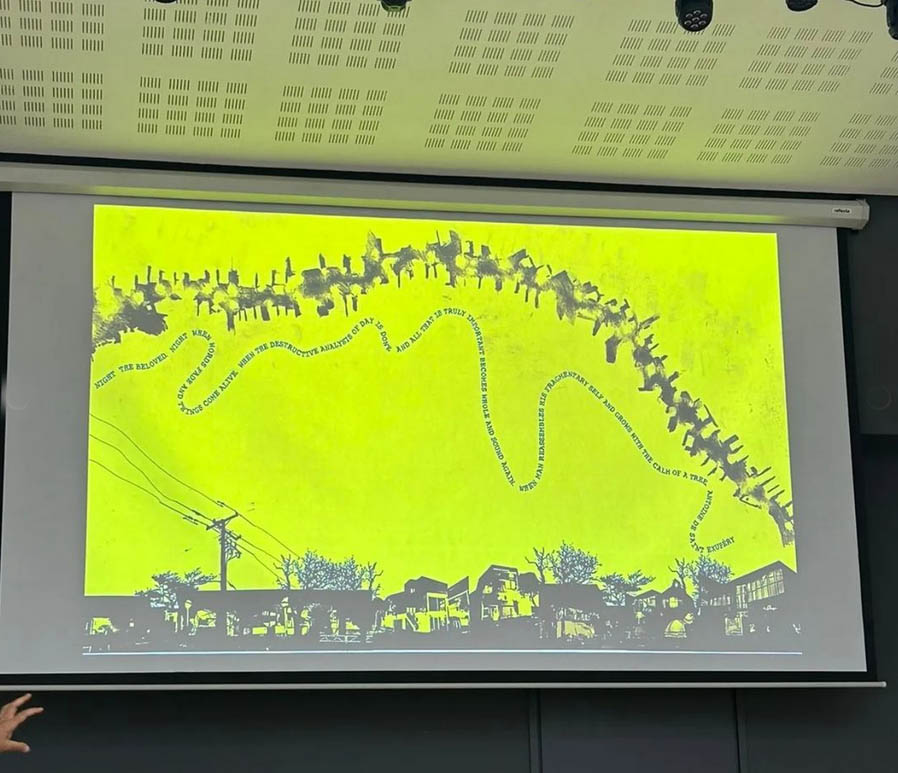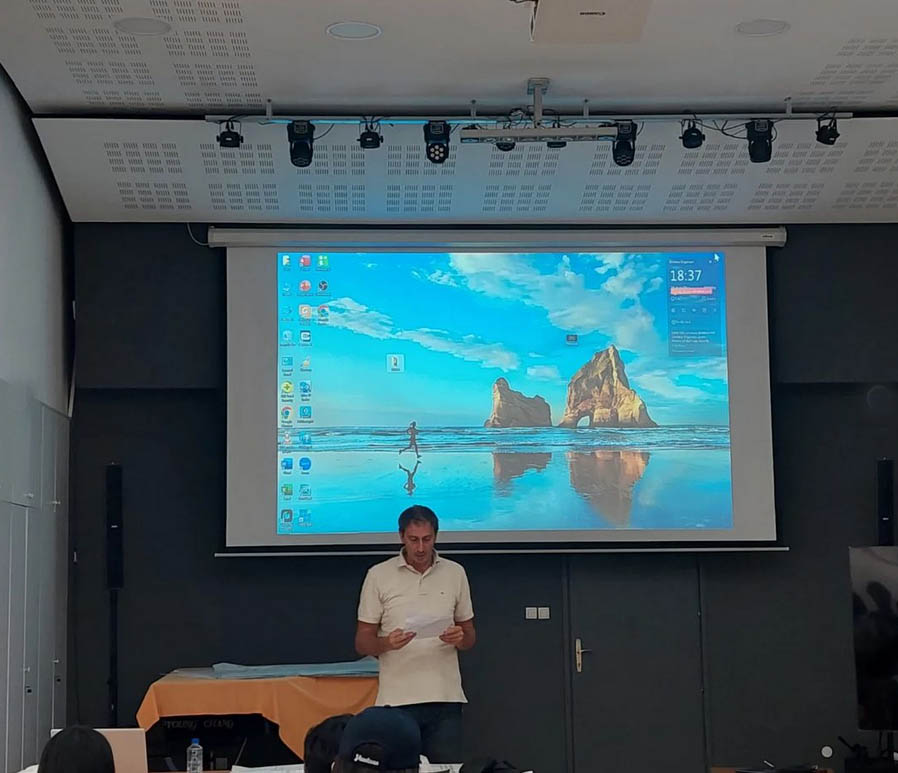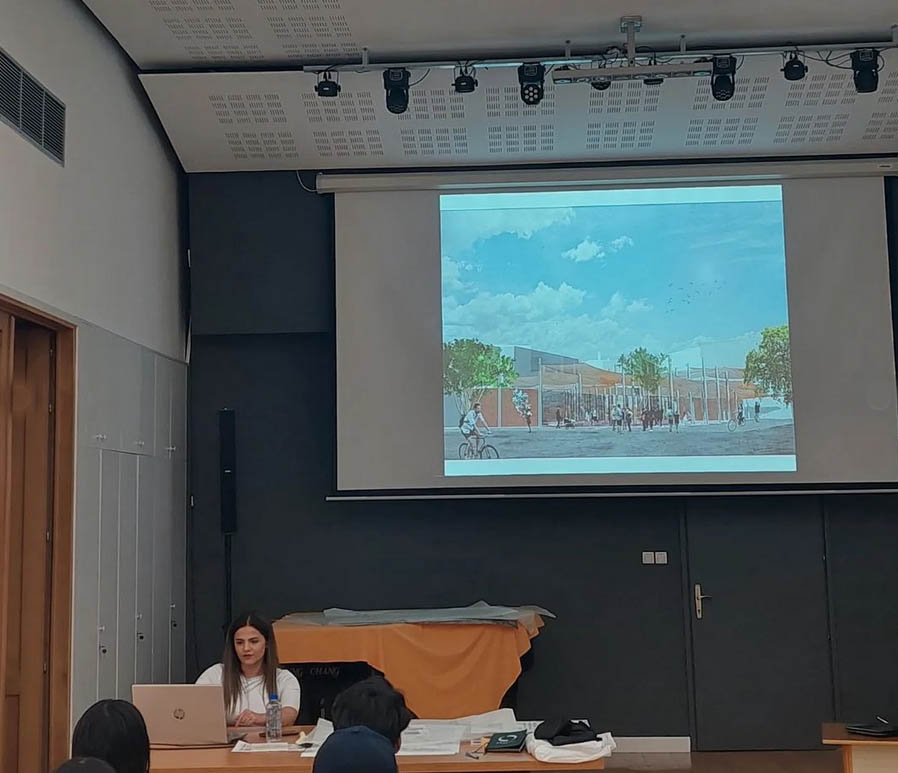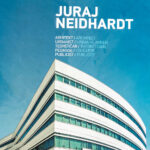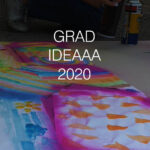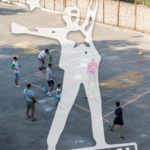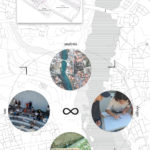In 2023, co+re urban and architectural design workshops will, in IDEAA organisation, under the title “UNESCO heritage paths”, open a new chapter in a larger international initiative related to regaining the right to the city and production of urban spaces for 21st century. Creatively intertwining theory and practice, these events will set the basis for two follow-up events of critical significance: the 20th anniversary of reopening of the Old Bridge (2024) and the 20th anniversary of UNESCO listing of the historic core of Mostar (2025).
The 2023 workshop will explore ideas and scenarios for environmentally and culturally responsible enlargement, design and management of the World Heritage in Mostar, by decisive positioning in the idea(l)s of eco-urbanity, philosophy and theories of environmental and cultural sustainability and engagement, the practices of radical realism. Mostar still recovers from tragedies of its recent past. While the historic core has received its due recognition, many more and diverse bridges are still needed to celebrate and help heal the precious and unique social fabric of a noble city. The Bridge, designed and built by Mimar Hayrudin in 1566, retains the original cultural energy to gather and re(de)fine overall urbanity of Mostar. This year, the Partisan Memorial Cemetery designed and built in 1965 by architect Bogdan Bogdanović, the place with an equally tragic history and a culture-defining potential, has been included in Europa Nostra list of the Most Endangered Heritage Sites in Europe. Despite the sad reasons, that inclusion is formal recognition of the lasting value and exceptional importance of the Memorial – not only to Mostar, but to Europe at large. That nomination also reminds that the projects of the Modernist era are increasingly the subject of heritage protection.
co+re 2023 heuristic design-research explorations will recall, explore, and project into the future synergies and links between these two sites of excellence which keep Mostar – Mostar. The Workshop will focus on urban spaces and practices connecting the two, at Michelangelesque spacing pregnant with energies for positive change.
List of lecturers:



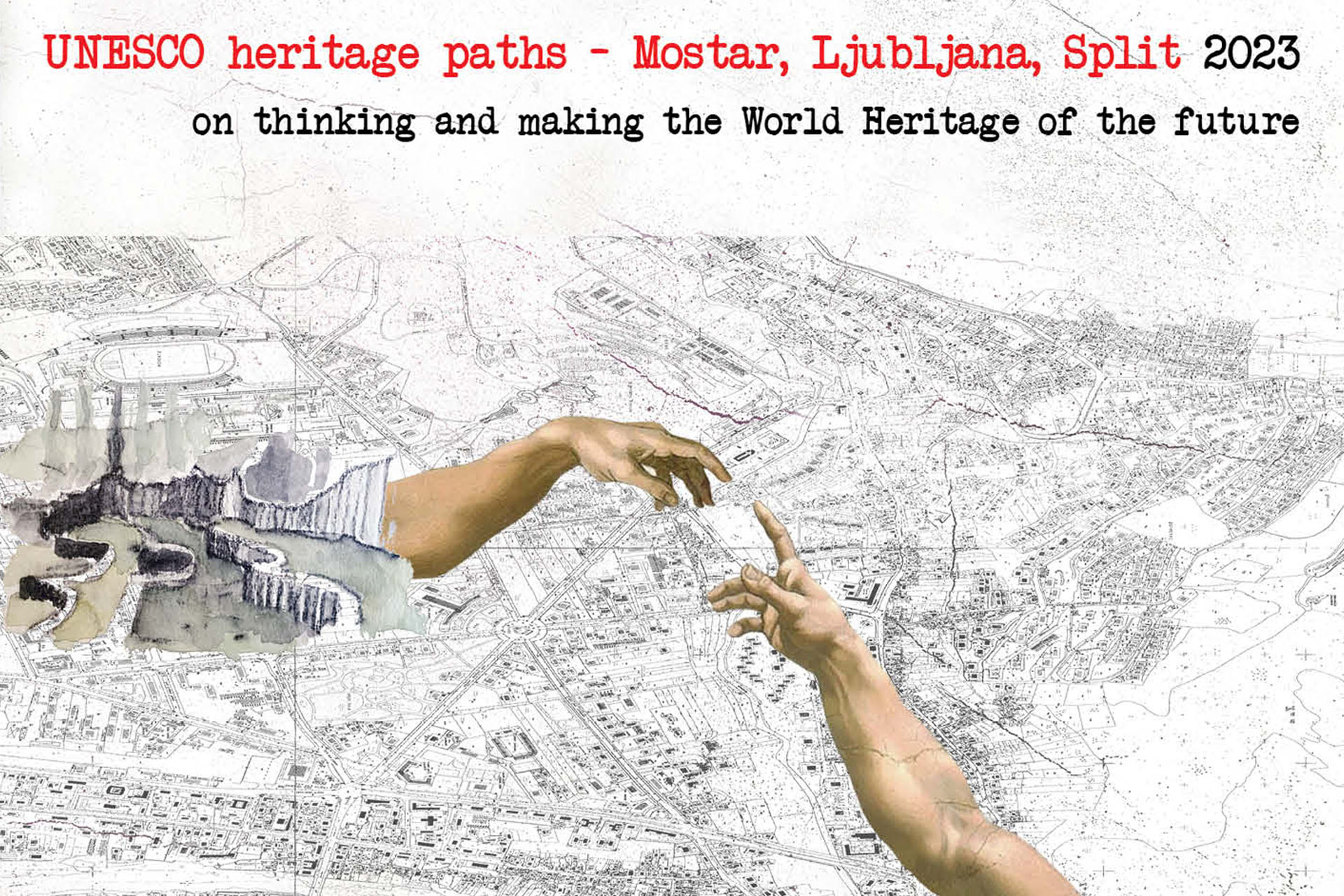
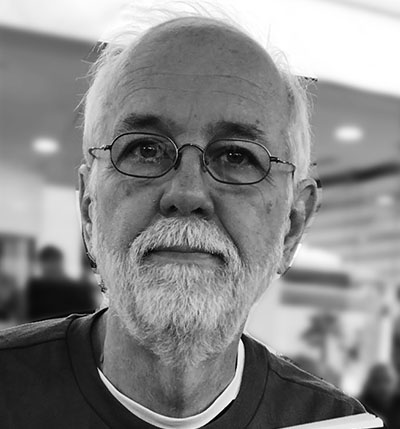 Darko Radović
Darko Radović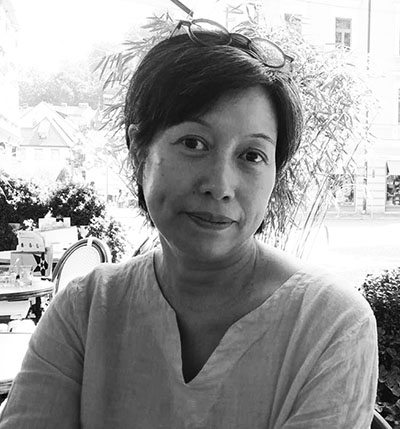 Davisi Boontharm
Davisi Boontharm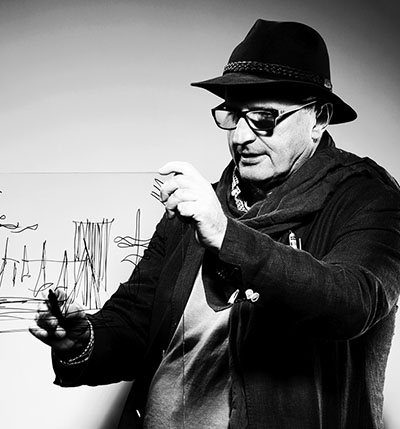 Amir Vuk Zec
Amir Vuk Zec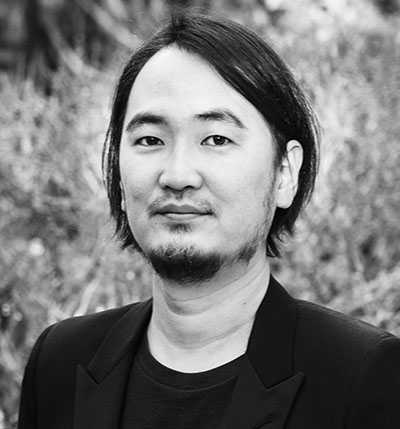 Tetsuo Kondo
Tetsuo Kondo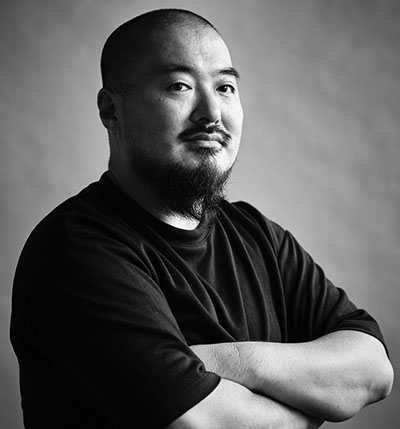 Ko Nakamura
Ko Nakamura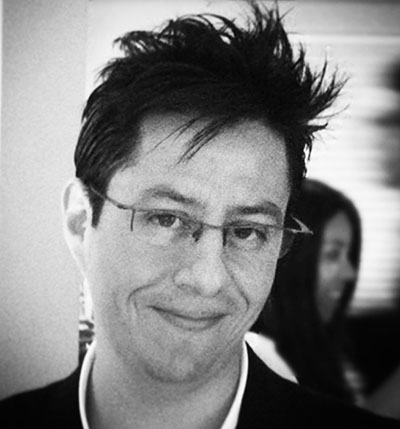 Rafael A. Balboa
Rafael A. Balboa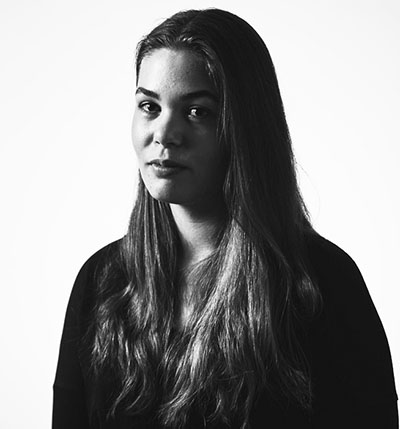 Manca Košir
Manca Košir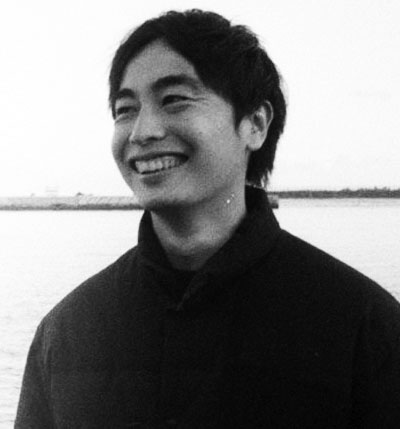 Sotaro Myatake
Sotaro Myatake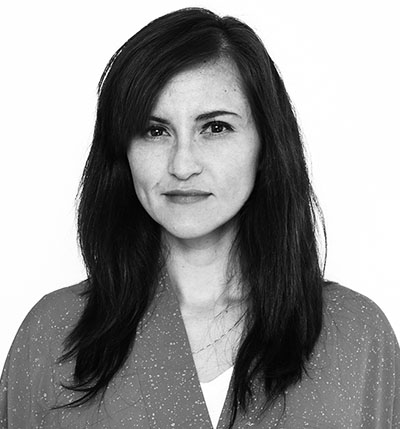 Ana Medina
Ana Medina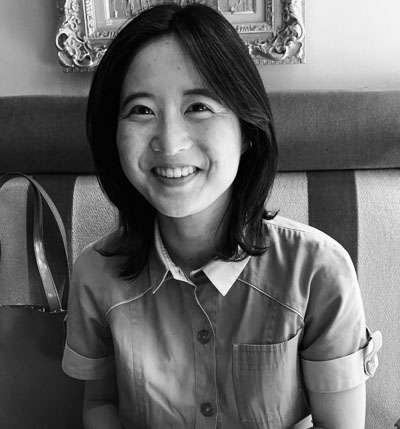 Mei Morimoto
Mei Morimoto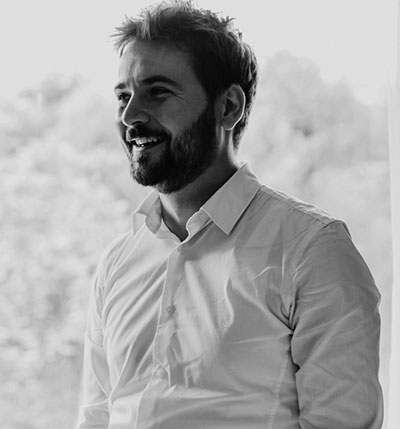 Edin Zoletić
Edin Zoletić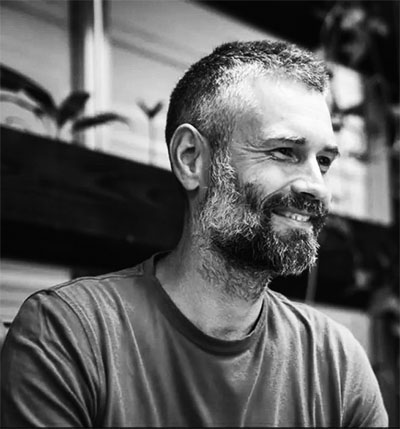 Hrvoje Bota
Hrvoje Bota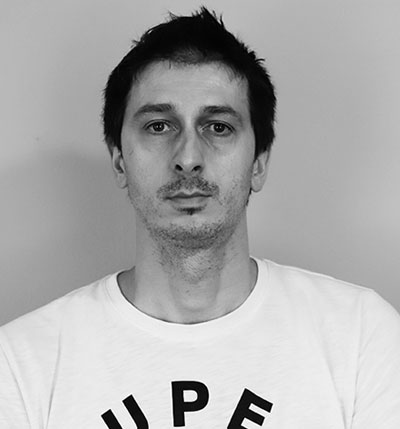 Vernes Voloder
Vernes Voloder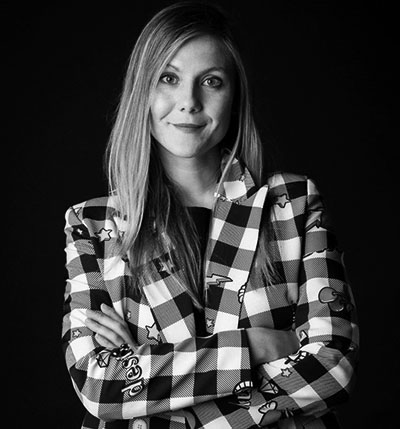 Tjaša Mohar Plavec
Tjaša Mohar Plavec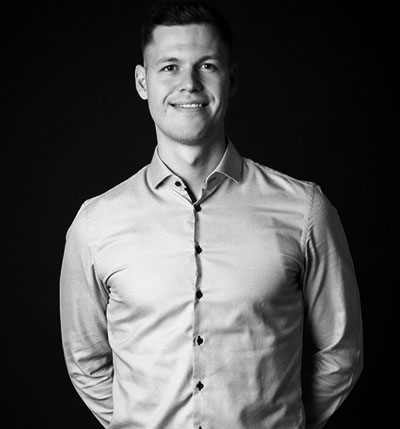 Matic Mohar
Matic Mohar